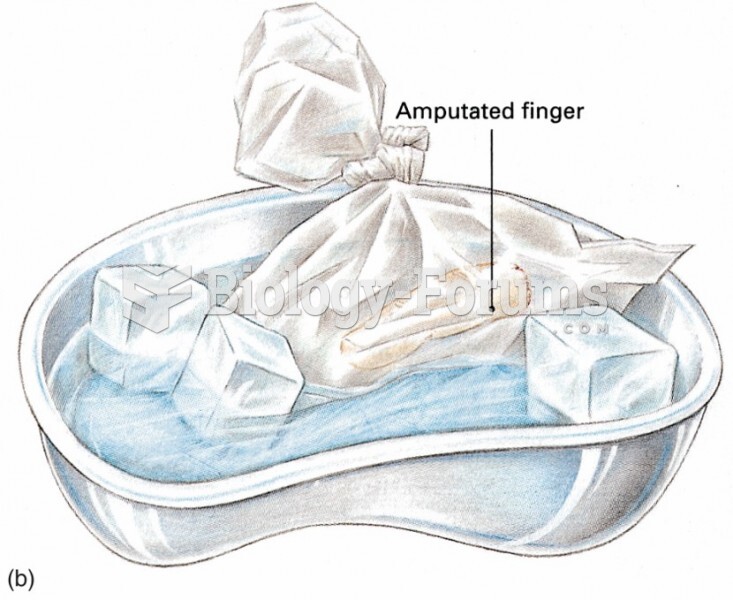|
|
|
Did you know?
Between 1999 and 2012, American adults with high total cholesterol decreased from 18.3% to 12.9%
Did you know?
The horizontal fraction bar was introduced by the Arabs.
Did you know?
The human body produces and destroys 15 million blood cells every second.
Did you know?
The average office desk has 400 times more bacteria on it than a toilet.
Did you know?
Eating carrots will improve your eyesight. Carrots are high in vitamin A (retinol), which is essential for good vision. It can also be found in milk, cheese, egg yolks, and liver.







